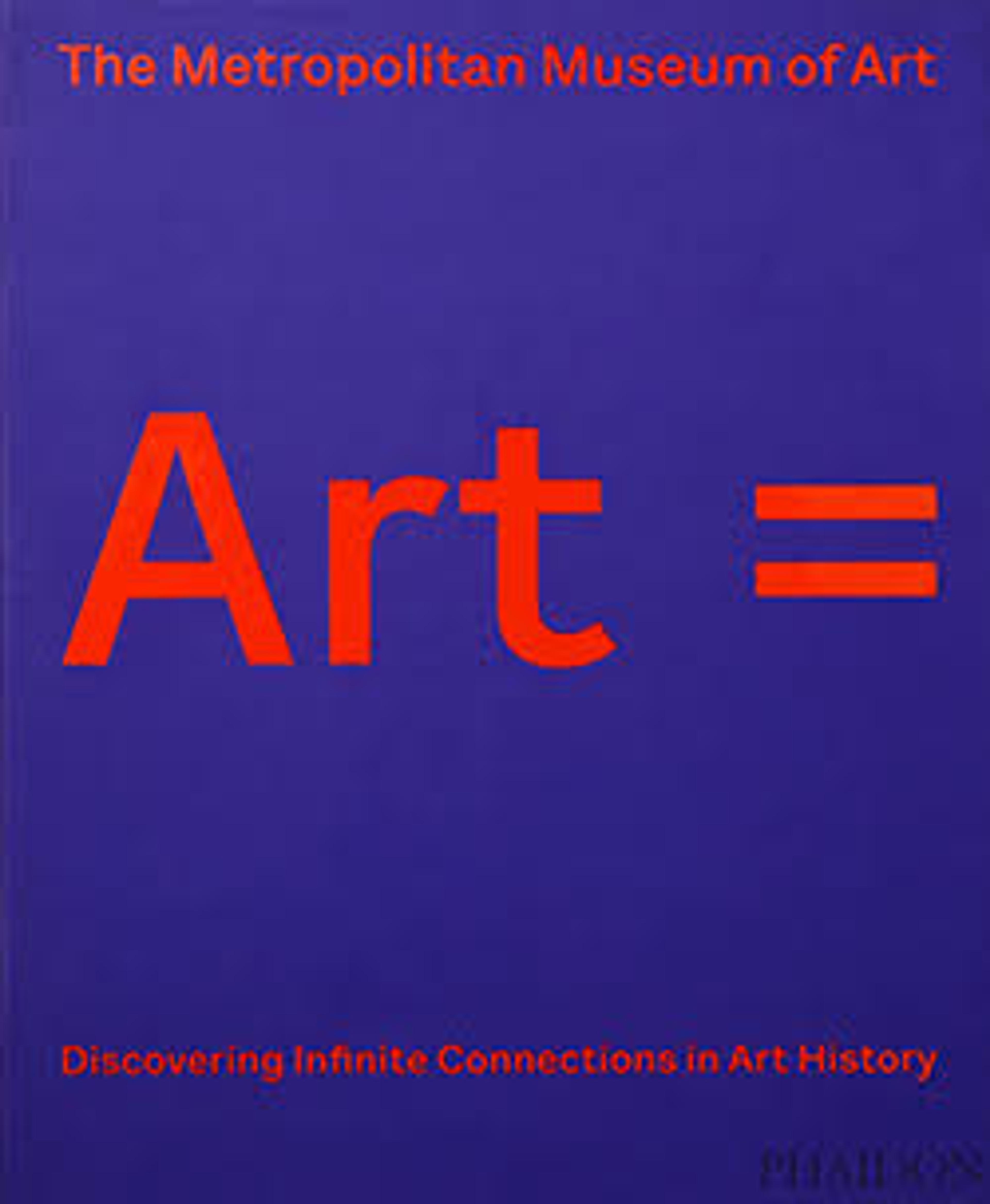Vase with overlapping pattern and three bands of palm trees
Vessels carved of a gray-green stone in what is called the "Intercultural Style" were made in the greater Gulf area as well as in southern Iran. At the site of Tepe Yahya in Iran, workshops were found with vessels and the raw materials—chlorite or steatite—for their manufacture, dating to the mid-third millennium B.C. The stones were available in the nearby hills. Fragments of containers were also found at sites in the Gulf area. Vessels decorated in this style were found across the ancient Near East from Syria to the Indus Valley, evidence of the flourishing long-distance trade of the times.
This piece has a tall shape with a flaring rim and is carved in alternating bands of an overlapping mountainlike pattern and date palm trees. The repertoire of motifs of the "Intercultural Style" includes vegetal, architectural, and abstract or naturalistic representations of people and animals.
Many excavated examples have been found in palaces and temples or in graves of the privileged classes in major urban centers, including Sumerian (Early Dynastic) Mesopotamia. The vessels may also have been valuable for their contents.
This piece has a tall shape with a flaring rim and is carved in alternating bands of an overlapping mountainlike pattern and date palm trees. The repertoire of motifs of the "Intercultural Style" includes vegetal, architectural, and abstract or naturalistic representations of people and animals.
Many excavated examples have been found in palaces and temples or in graves of the privileged classes in major urban centers, including Sumerian (Early Dynastic) Mesopotamia. The vessels may also have been valuable for their contents.
Artwork Details
- Title: Vase with overlapping pattern and three bands of palm trees
- Period: Early Bronze Age
- Date: ca. mid- to late 3rd millennium BCE
- Geography: Persian Gulf region or southern Iran
- Medium: Chlorite
- Dimensions: 9 1/4 × 5 × 5 in. (23.5 × 12.7 × 12.7 cm)
- Credit Line: Gift of J. Pierpont Morgan, 1917
- Object Number: 17.190.106
- Curatorial Department: Ancient West Asian Art
More Artwork
Research Resources
The Met provides unparalleled resources for research and welcomes an international community of students and scholars. The Met's Open Access API is where creators and researchers can connect to the The Met collection. Open Access data and public domain images are available for unrestricted commercial and noncommercial use without permission or fee.
To request images under copyright and other restrictions, please use this Image Request form.
Feedback
We continue to research and examine historical and cultural context for objects in The Met collection. If you have comments or questions about this object record, please contact us using the form below. The Museum looks forward to receiving your comments.
